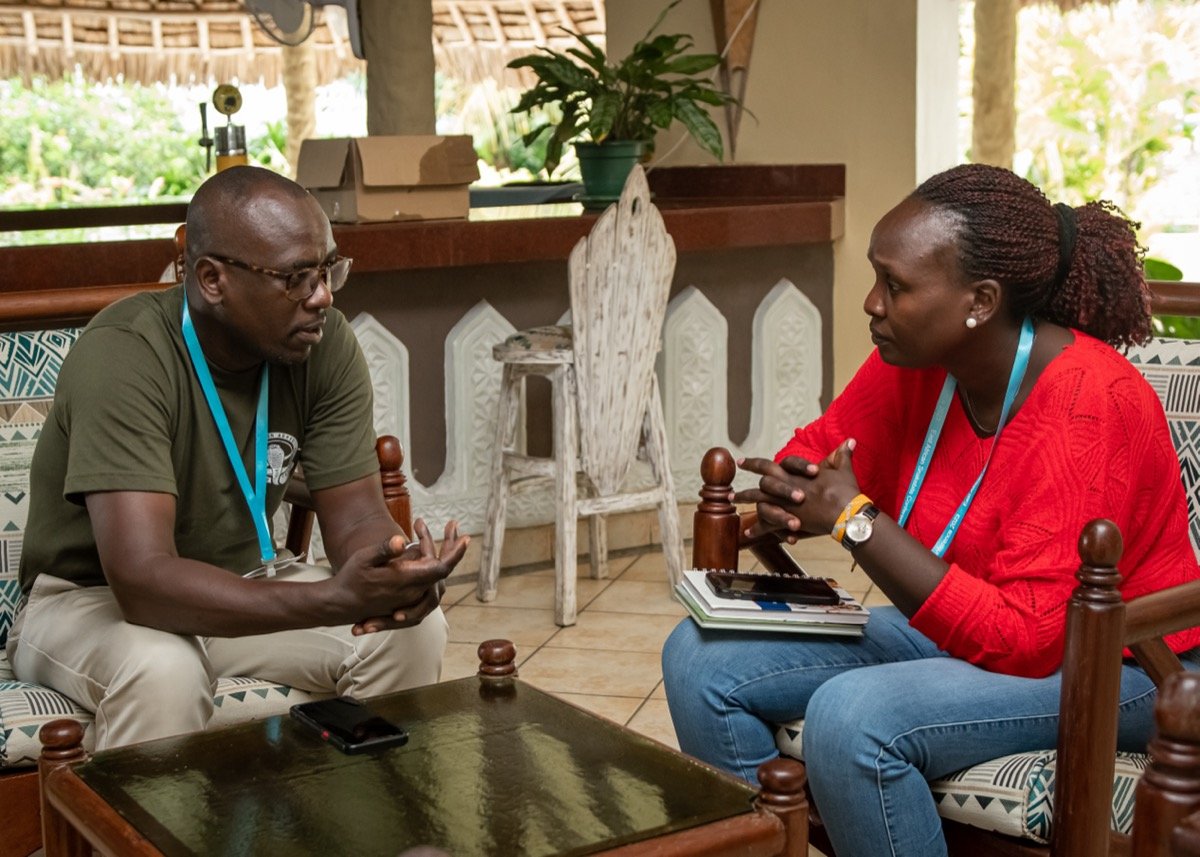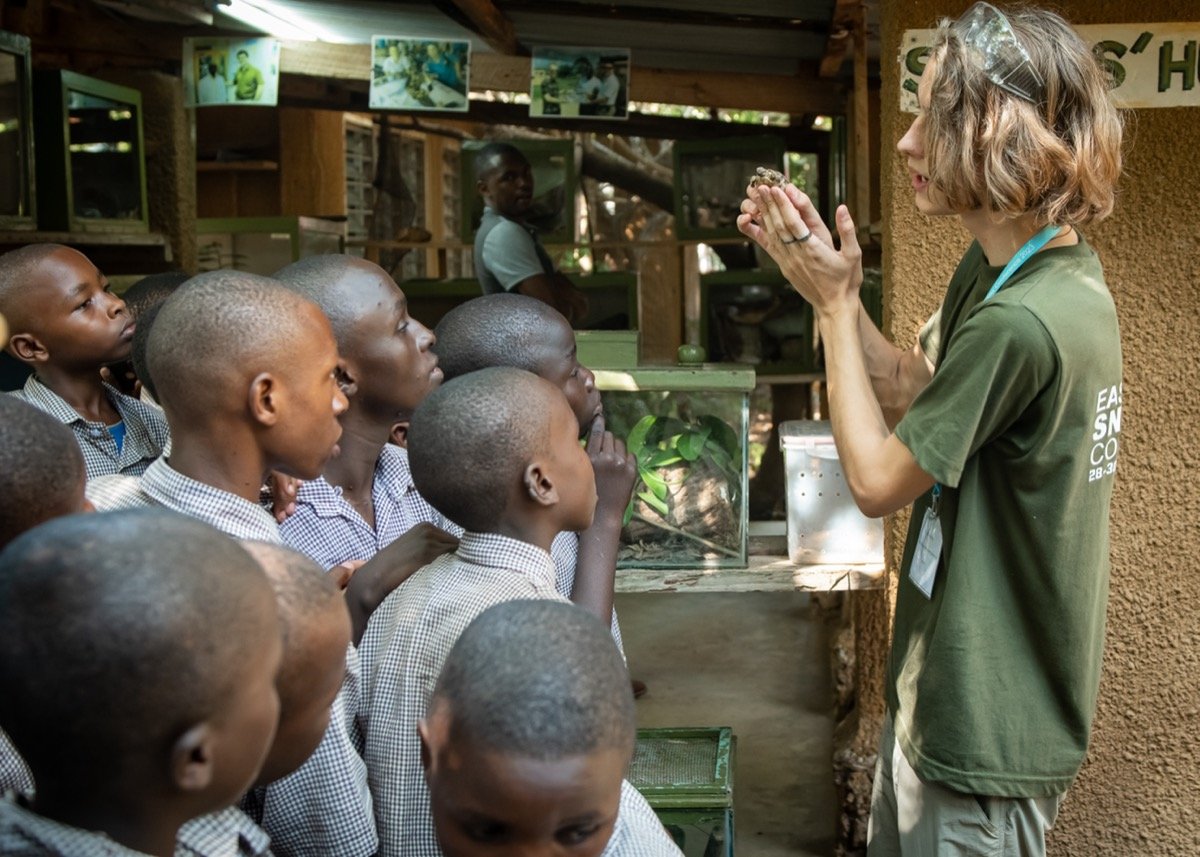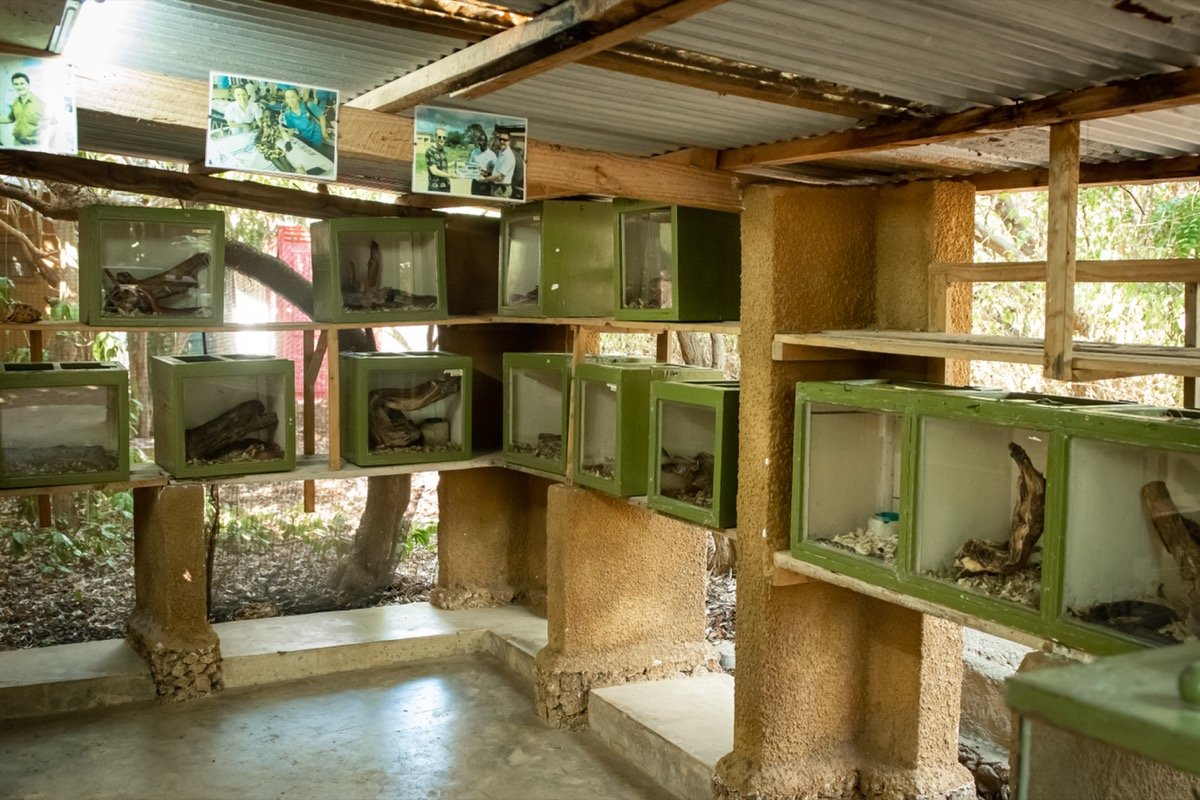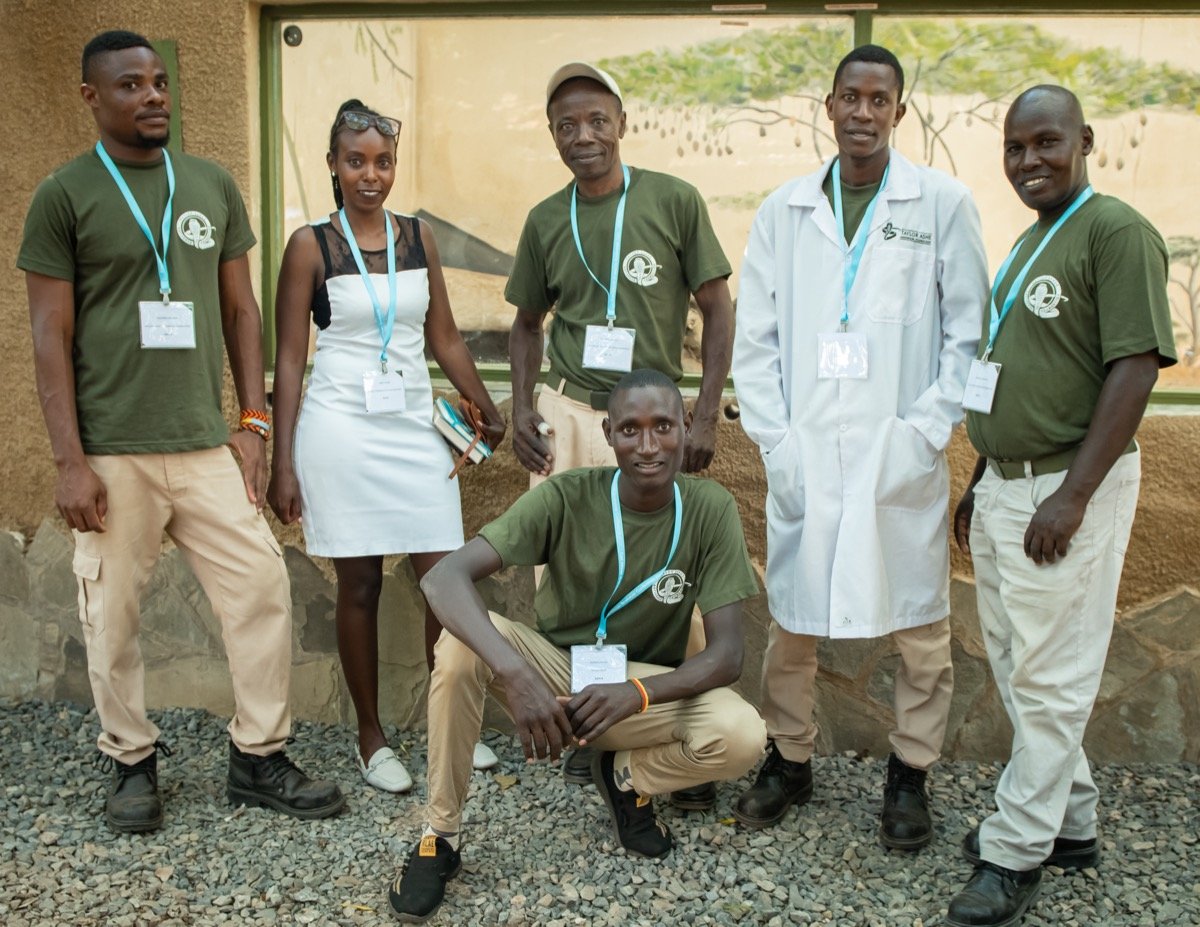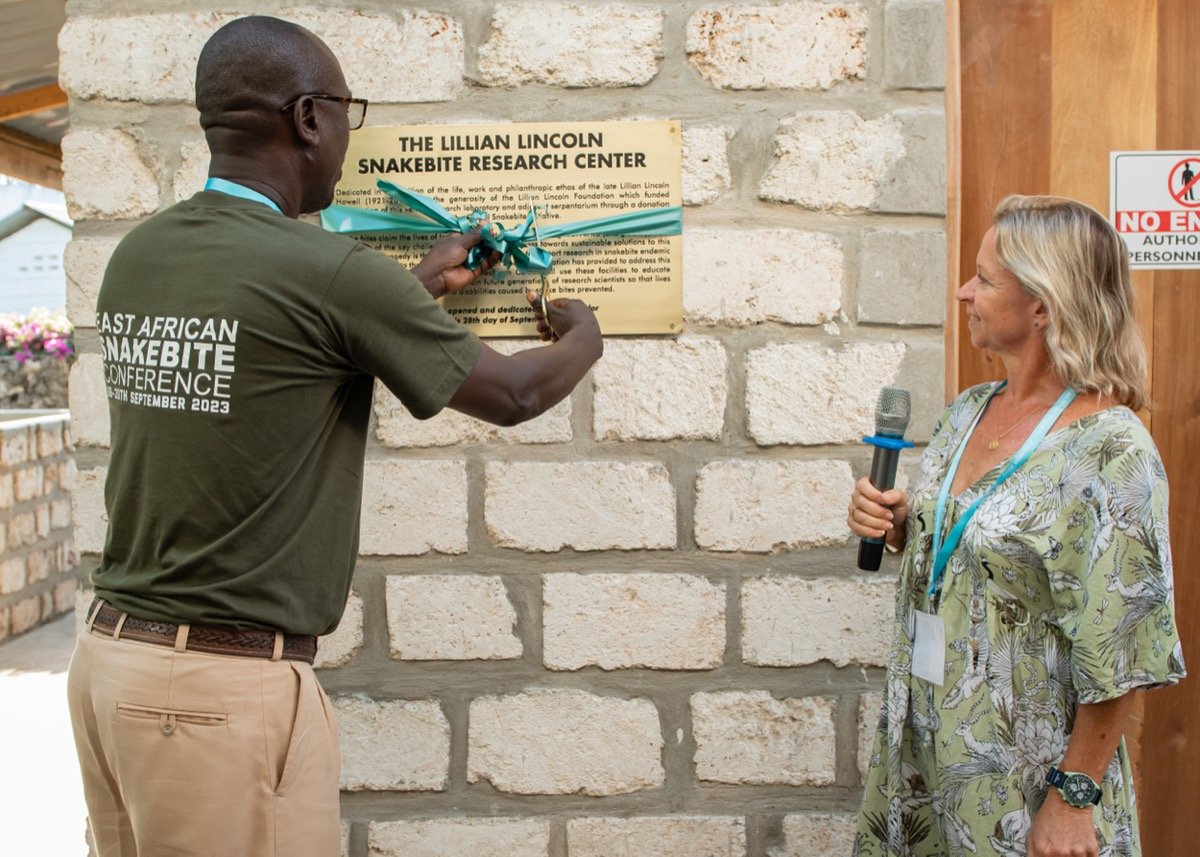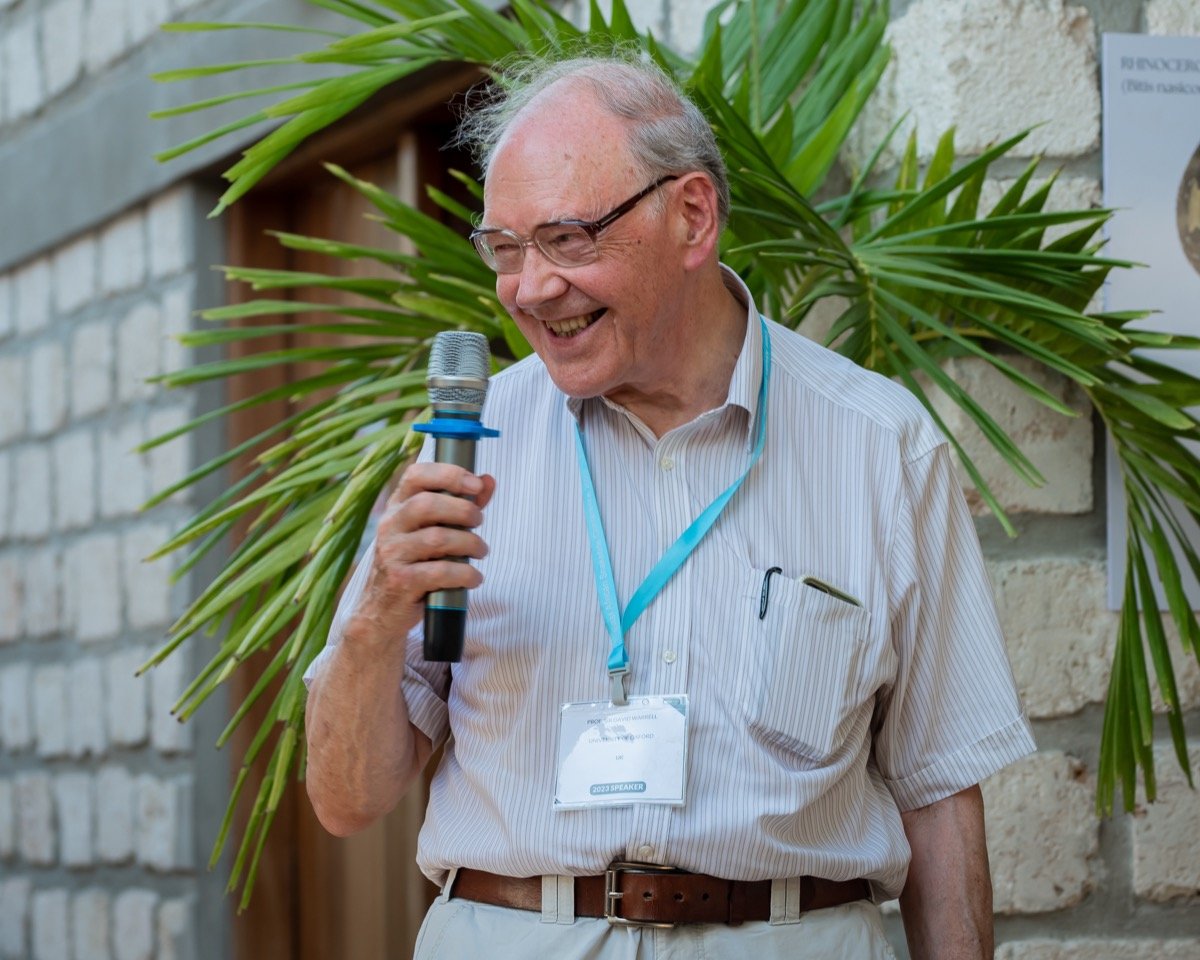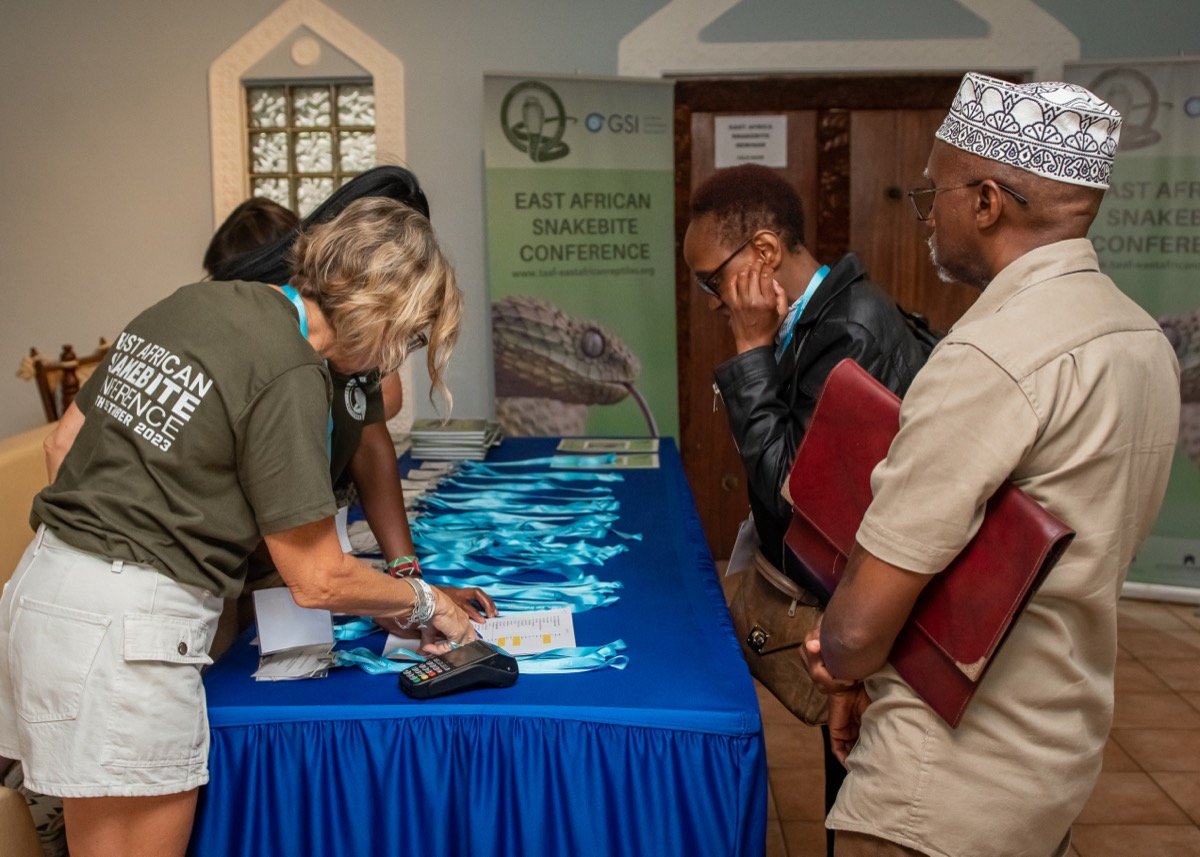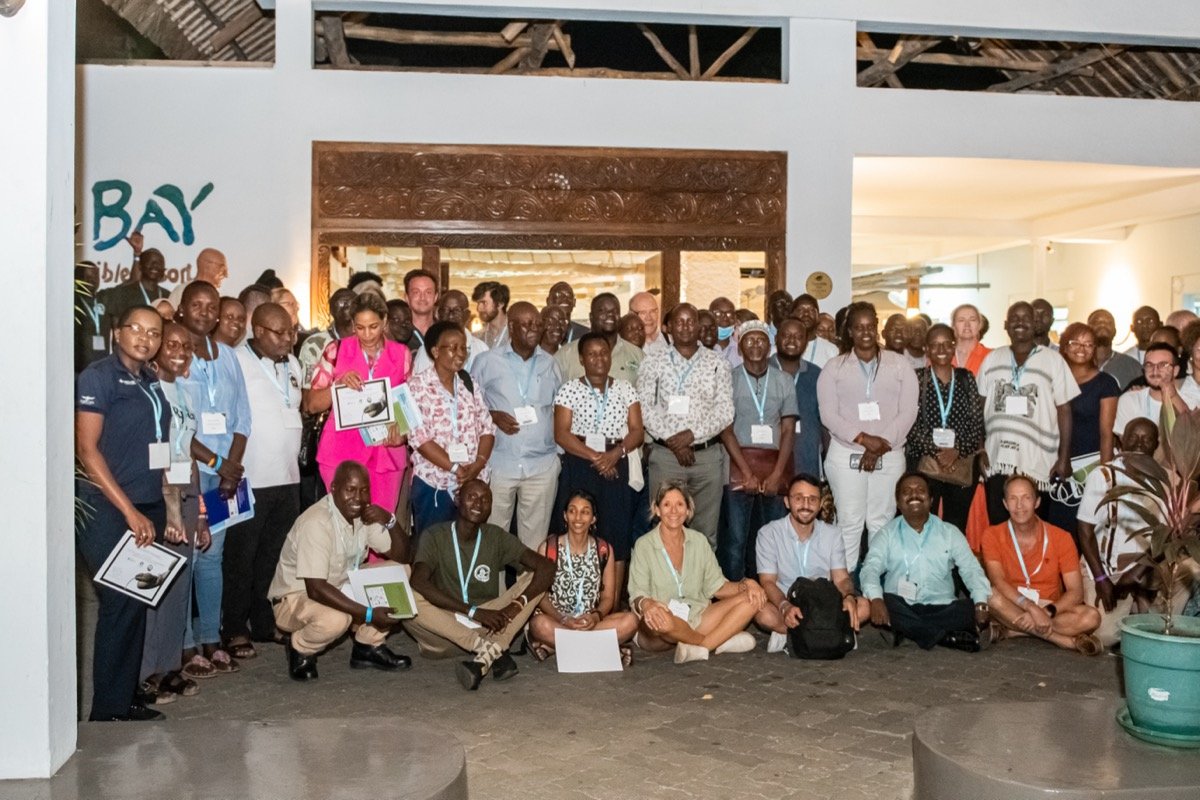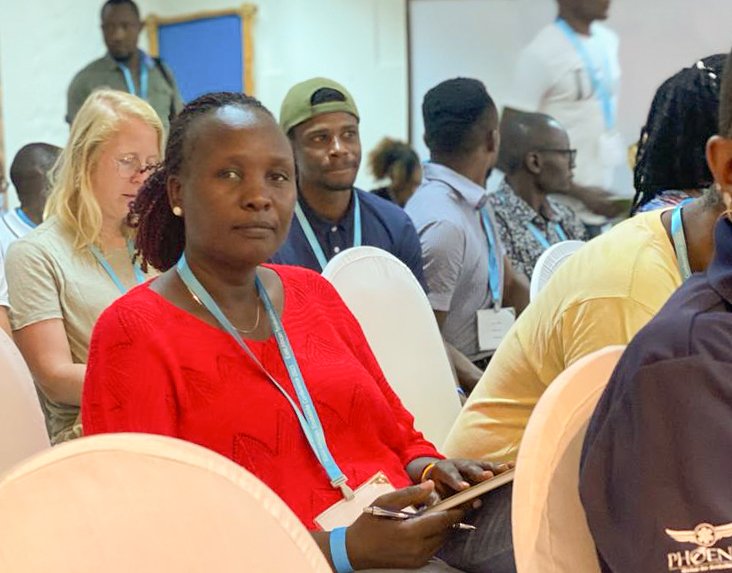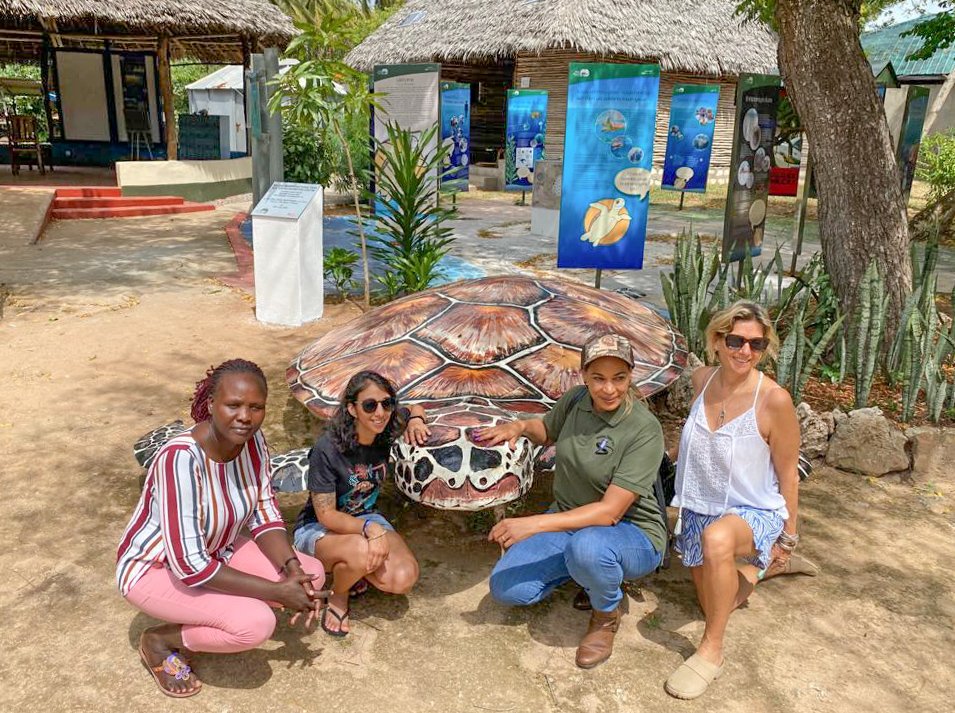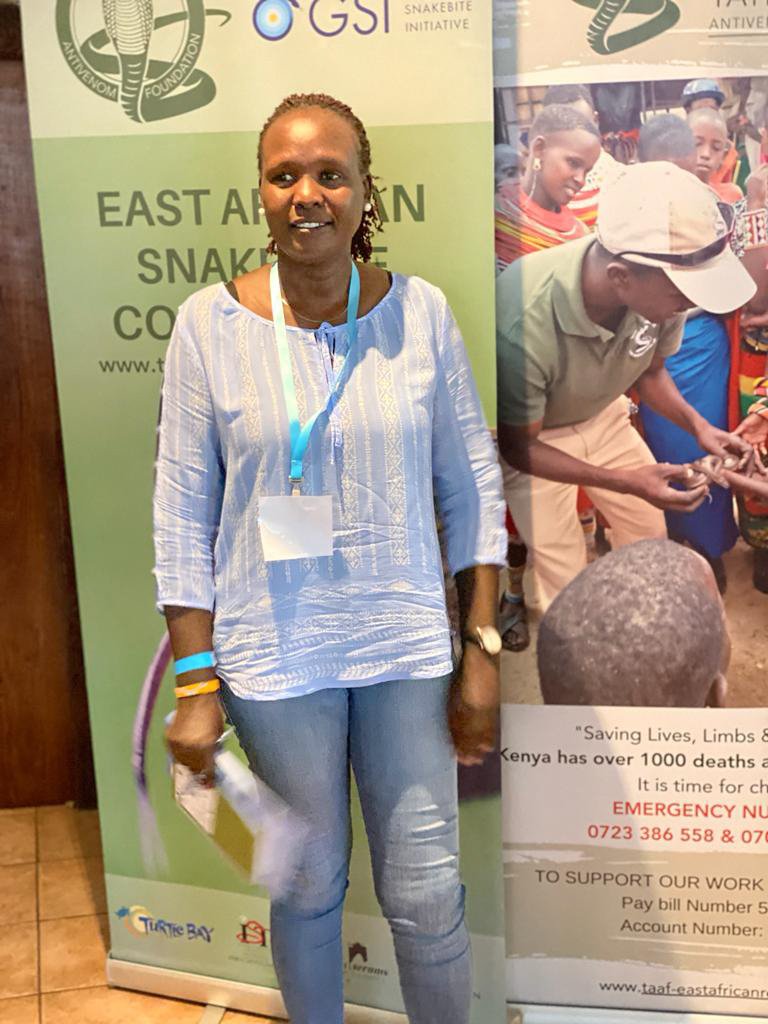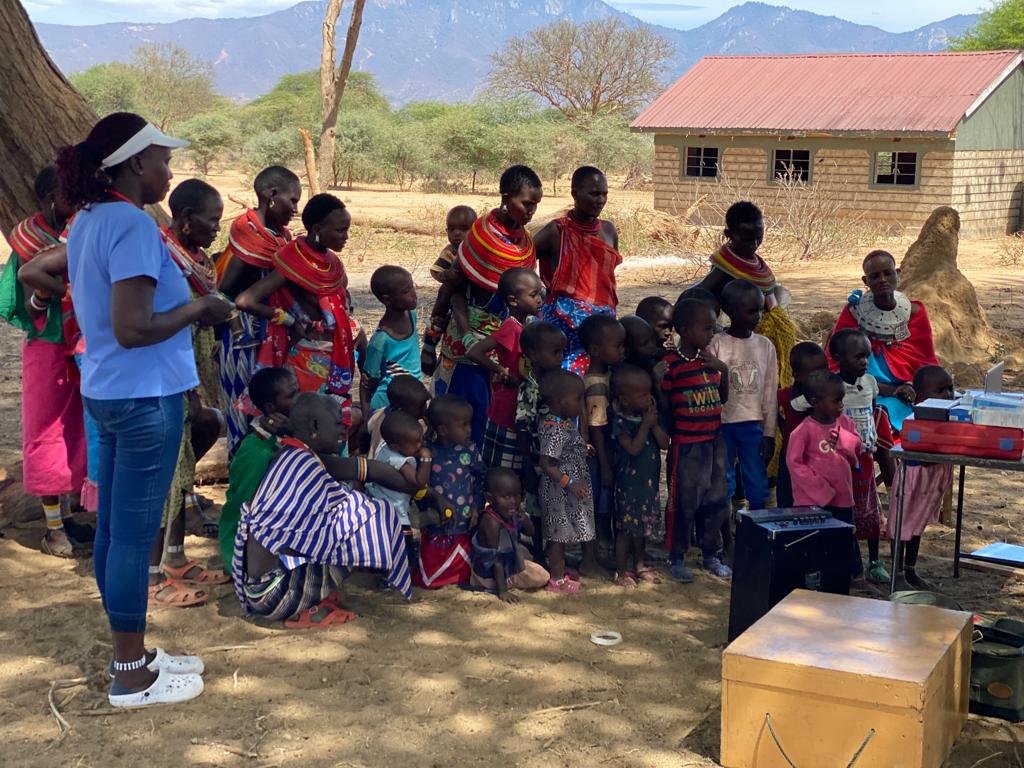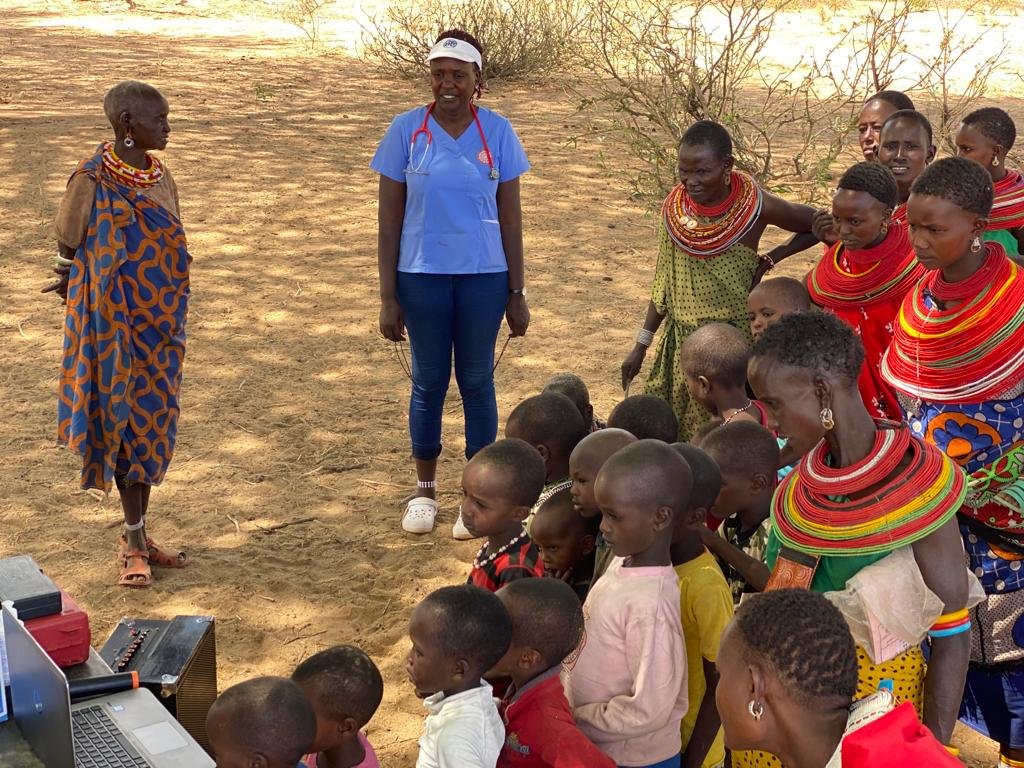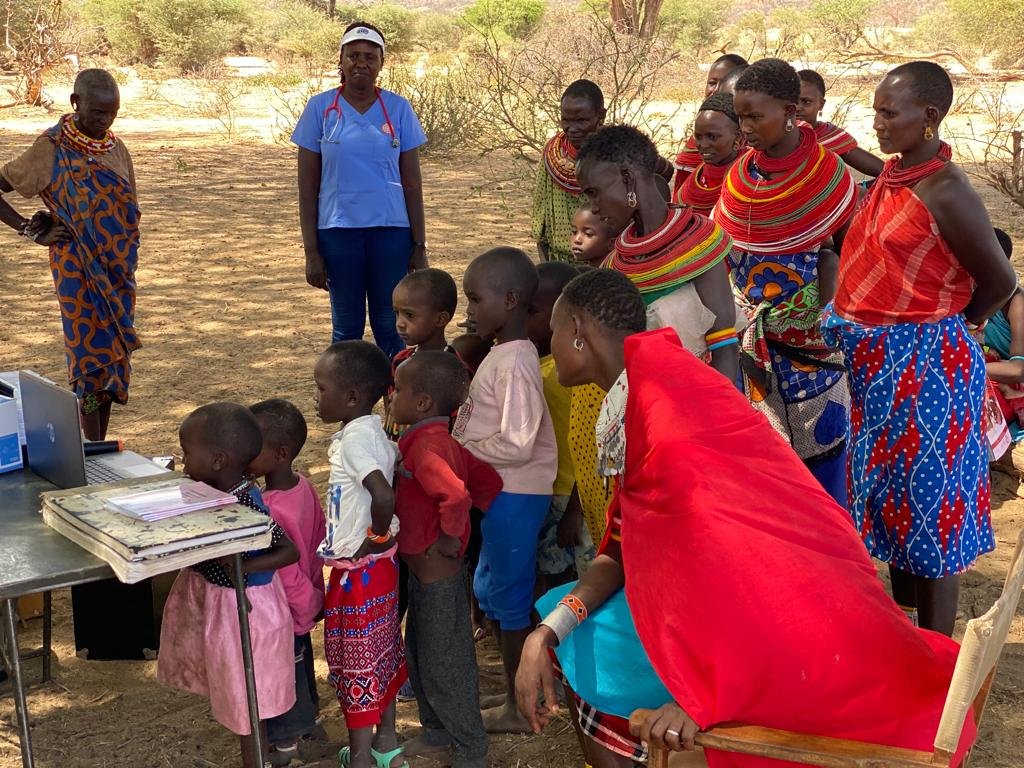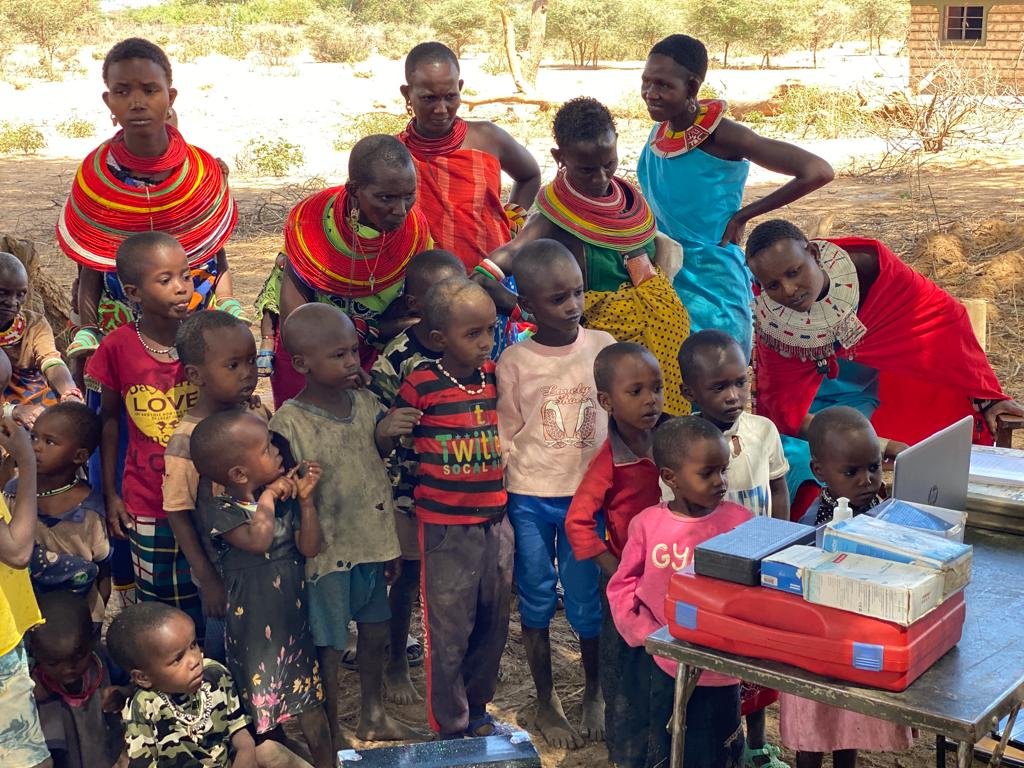Making significant strides to improve snakebite care
Did you know that almost 45% of all cases of human-wildlife conflict in Kenya are related to snakes?
Snakebites cause more than 1,000 deaths every year in Kenya, which means it’s an important safety issue, and a life-threatening risk faced by many every day. As our pastoral lifestyle in Samburu includes spending most of the day on foot with our livestock, it’s crucial to be more aware of this threat – and optimally prepared to treat bites to avoid any unnecessary loss of life. In remote areas of Namunyak Conservancy, snakebites are a continuous challenge.
With this in mind, Nurse Dorcas Moraa, Head of the Nomadic Healthcare Program at The Sarara Foundation, attended the 13th Annual East African Snakebite Conference – and she returned equipped with valuable learnings to help us tackle this challenge in constructive ways.
Nurse Dorcas at the Snake Conference. Photo provided by East African Reptiles
The 13th Annual East African Snakebite Conference
The conference was aptly held during Snake Awareness Month in September – in Watamu, where the incredible Taylor Ashe Antivenom Foundation (TAAF) is located. TAAF visited Sarara earlier this year to provide hands-on snake training to all our teams across Sarara Camps, The Sarara Foundation and Reteti Elephant Sanctuary.
Aiming to initiate collaborative efforts to reduce deaths and disabilities related to snakebites, overall themes included prevention, the education of rural communities, clinical care in rural Africa, antivenom availability in Kenya and sub-Saharan Africa, the conservation of snakes, and the effects of climate change.
Nurse Dorcas’ attendance enabled her to connect with more than 70 conference-goers and learn from over 30 speakers, including professors, antivenom researchers, medical personnel, and government representatives.
A highlight was a keynote presentation by none other than, Dr. David Warrell from Oxford University, of the world's leading figures in tropical medicine, and is the founding director of the Centre for Tropical Medicine. Dr Warrell began his journey with snakebite victims in 1973. He shared invaluable insights on clinical history, treatment strategies, and the broader socioeconomic implications of snakebites on vulnerable communities.
His measures for identifying and diagnosing snake bites in patients have become the gold standard, globally and he discussed just that in hie keynote, which can be watched below.
Dr Warrell’s keynote presentation starts at 4:07.
Another noteworthy talk was that of Dr. Gladys Mwangi, a researcher from Kenya, who inspired hope with her preliminary findings on the use of certain herbs as snakebite treatments – and shed some light on potentially groundbreaking methods. A major revelation was the introduction of a new anti-snake venom, PANAF, from India. Recognised and approved by the Kenyan Government, this versatile treatment is effective against 24 different snake species, marking a significant step towards effective global treatment standards.
Everyone agreed that community engagement is profoundly important to help address the challenge of snakebites in rural areas. Because of the risks involved, it should also be remembered that providing communities with training, resources, and anti-snake venom is not just about support – it's a lifeline! Proper venom administration, coupled with accurate data collection, can revolutionise snakebite treatment and prevention.
Photos of Nurse Dorcas at the conference
Equipped with renewed inspiration, knowledge, and strategies, Nurse Dorcas returned inspired to ring in transformative healthcare changes across Namunyak Conservancy. Supported by The Sarara Foundation, this project emphasises our enduring commitment to continue strengthening healthcare in the world's most vulnerable regions.
We want to extend a special thanks to the organisers – James Reid, Executive Director of GSI (Global Snake Institute), International Society on Toxicology, Africa and Middle East (AME), and Tayler Ashe Antivenom Foundation for this incredible opportunity to broaden our knowledge and skill set for the benefit of Namunyak Conservancy’s indigenous people!
Update: December 2023
After the snake conference in Malindi, an educational video clip was shared. Feeling its importance, Nurse Dorcas decided to share it with the community. Although the clip was in Swahili, she translated it for the community's understanding.


